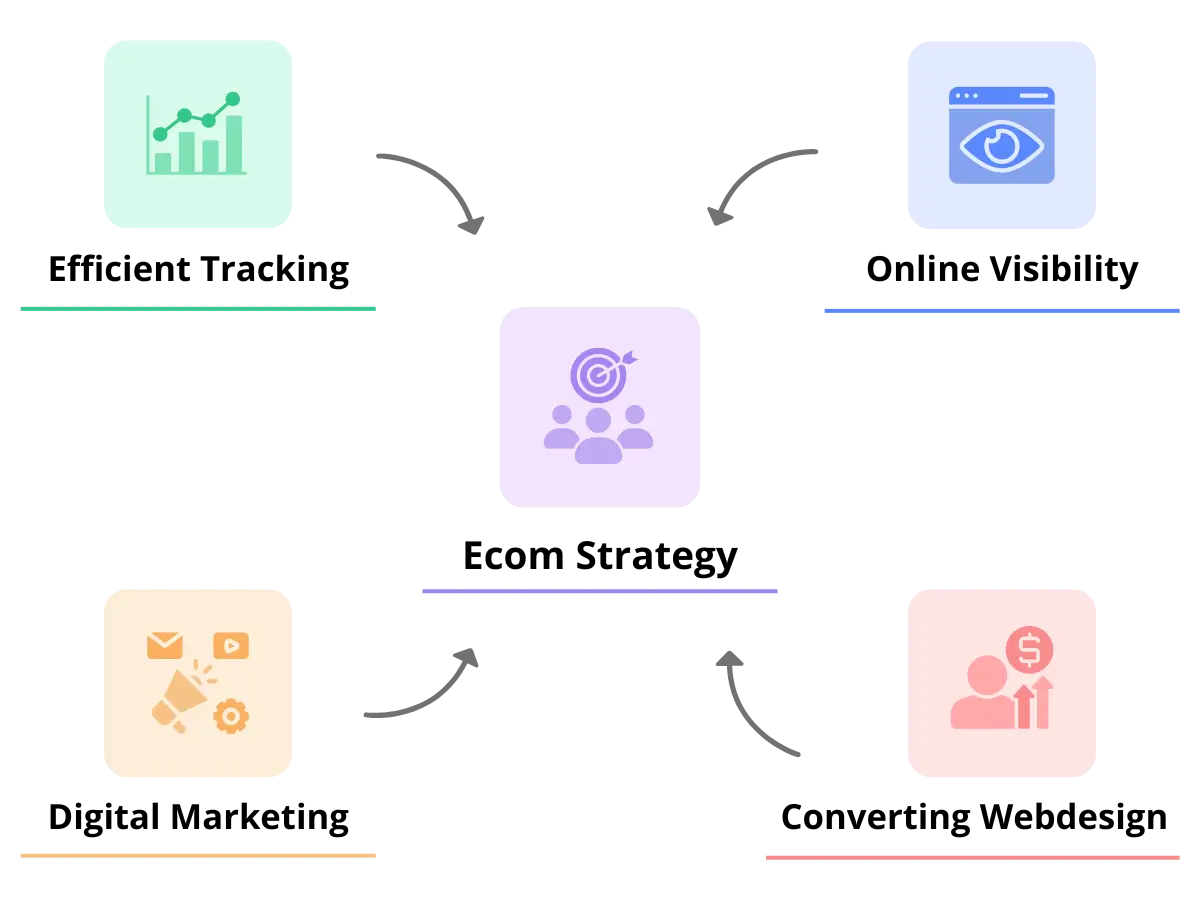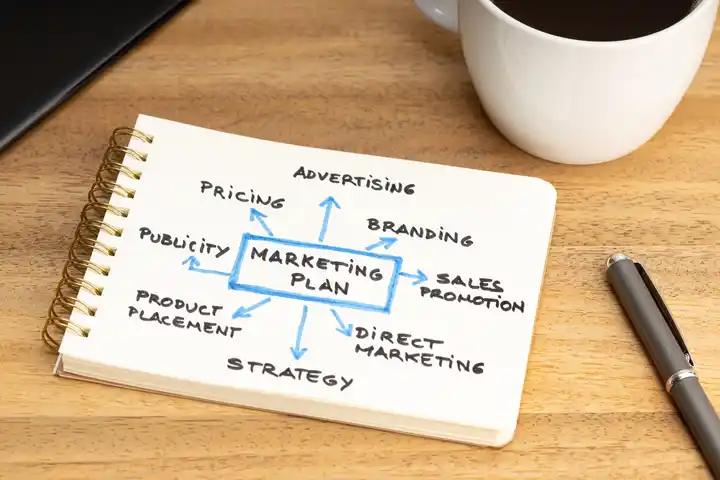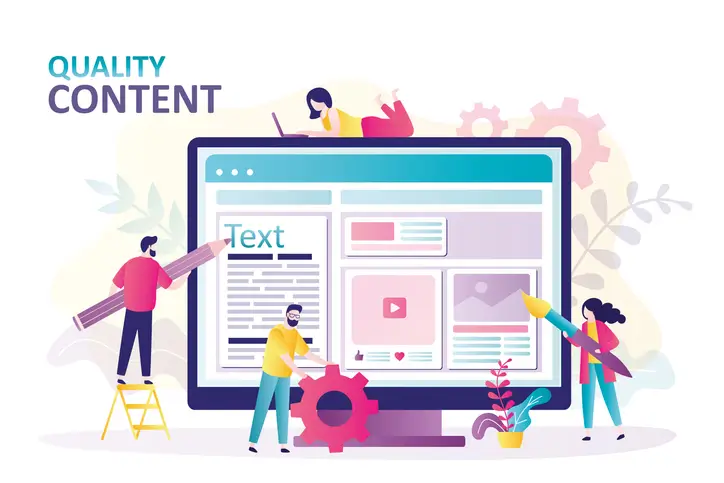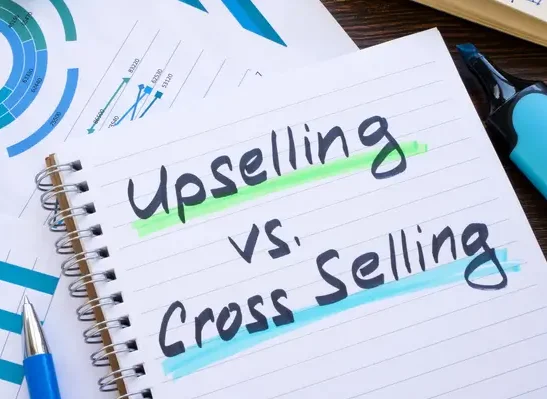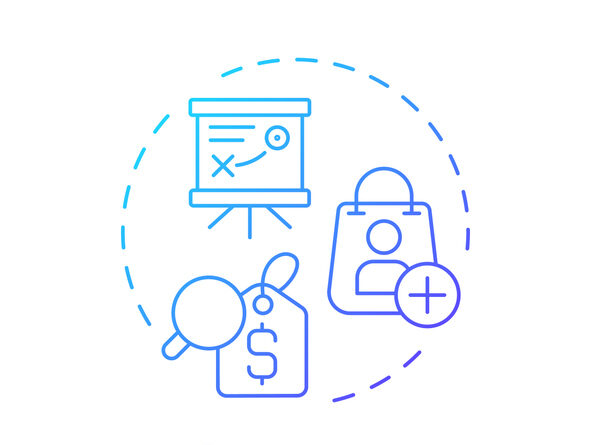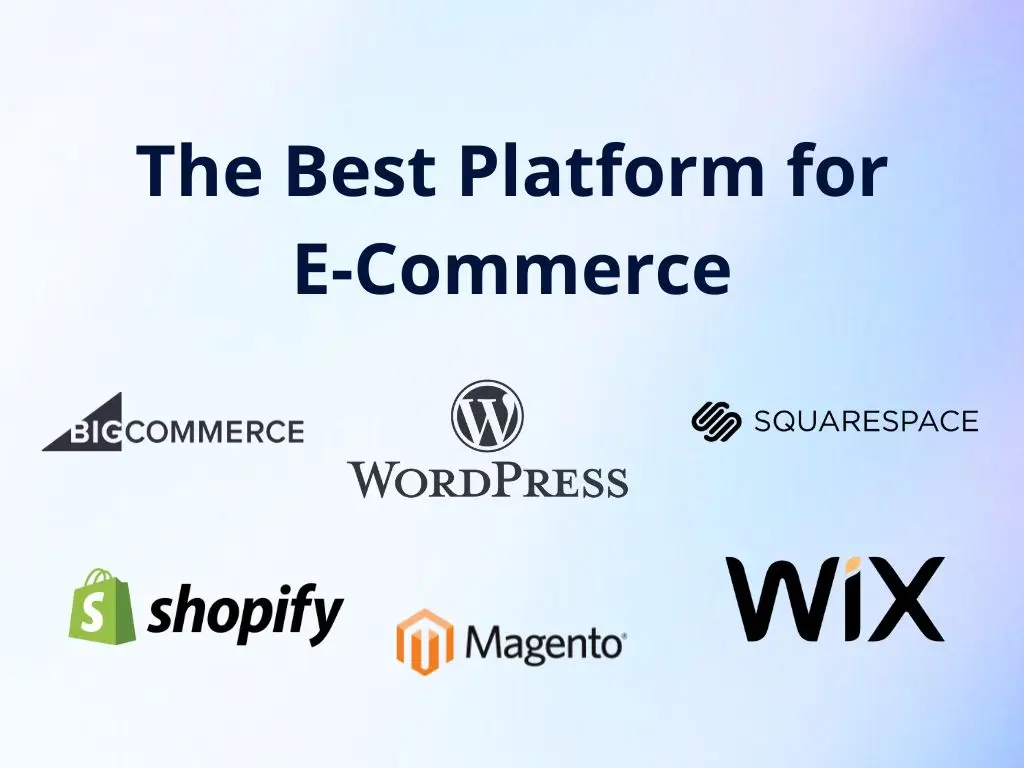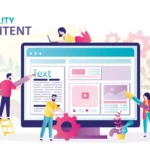The Evolution of Social Media Marketing Platforms
Advertising on social media have undergone significant changes over the years, driven primarily by advancements in algorithms. These changes have reshaped the way marketers approach how to do digital marketing on social media marketing platforms like Facebook and Instagram.
In the early days of Meta advertising, the focus was primarily on manual targeting and basic ad structures. Marketers had to meticulously define their audience segments and rely heavily on demographic data to reach potential customers.
Over time, Meta’s algorithms have become increasingly sophisticated, leveraging machine learning and artificial intelligence to deliver more precise and effective ad placements.

Impact of Improved Algorithms on Ad Targeting and Performance
With the ability to analyze vast amounts of user data in real-time, Meta can now:
- Automate Targeting: Automatically adjust targeting parameters based on user behavior and engagement, reducing the need for manual adjustments.
- Enhance Personalization: Deliver personalized ad experiences to users, increasing relevance and engagement.
- Optimize Ad Spend: Allocate marketing budget more efficiently across different ad sets and placements to maximize ROI.
Shift from Ad Structure to Compelling Offers and Engaging Creatives
As the algorithms have advanced, the emphasis has shifted from the technical aspects of ad structure to the creative advertising elements of the digital marketing campaigns. This shift in how to do digital marketing means that while the algorithms handle much of the heavy lifting in terms of targeting and optimization, marketers need to focus more on the quality of their offers and the creativity of their ads.
- Compelling Offers: Creating offers that resonate with your target audience is now more critical than ever. Whether it’s a limited-time discount, a unique product feature, or an exclusive bundle, your offer needs to stand out.
- Engaging Creatives: High-quality visuals and engaging content are essential to capture the attention of users scrolling through their feeds. Investing in professionally crafted video ads, vibrant images, and captivating copywriting can significantly enhance ad performance.
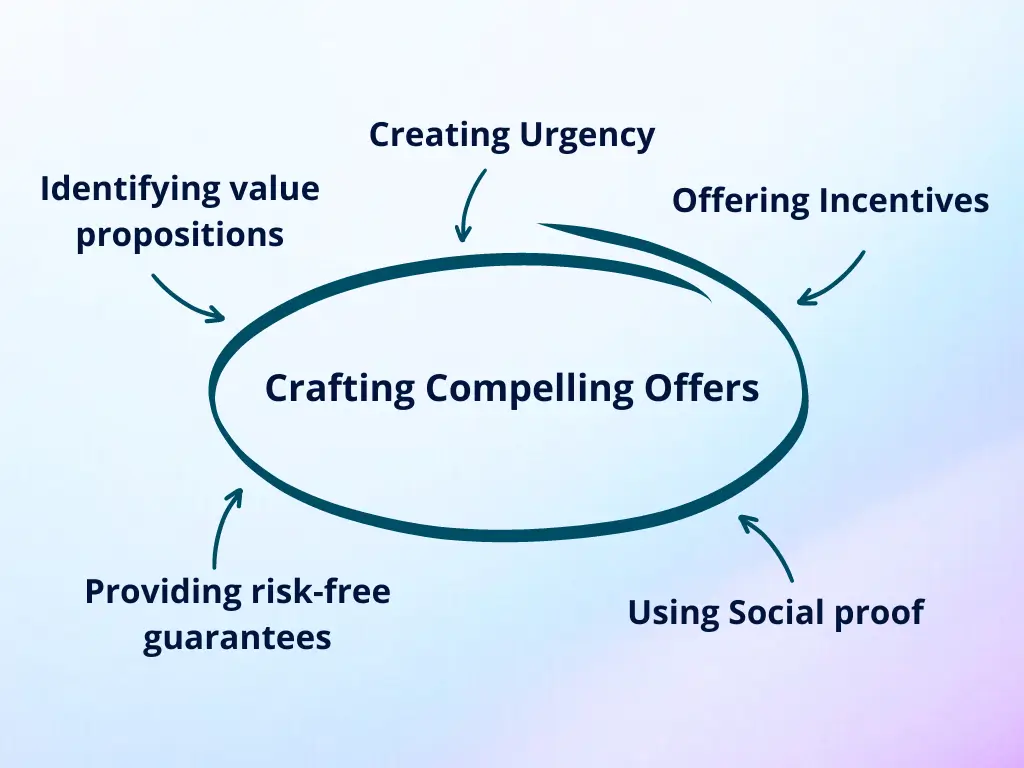
Types of Advertising Creatives
Video Ads
Pros:
- High Engagement: Video ads are highly engaging and can capture attention quickly. They allow you to convey your message more dynamically than static images.
- Storytelling Capabilities: Videos offer the ability to tell a story, which can be more compelling and memorable for the audience. This is particularly effective for building brand awareness and emotional connections.
- Strong Performance: Well-produced video ads often lead to higher click-through rates (CTR) and conversions. They are particularly effective when advertising on social media marketing platforms like Instagram Stories and Facebook Feed, where users expect more engaging content.
Cons:
- Higher Production Cost: Creating high-quality video content typically requires more resources, including time, money, and expertise. This can be a barrier for smaller businesses or those with limited marketing budgets.
- More Time-Consuming: The production process for videos is generally longer than for static images. It involves scripting, shooting, editing, and sometimes even animation or special effects.
Why Video Ads Perform Well:
Videos combine visual and auditory elements, making them more immersive and effective at holding attention. They can showcase products in action, demonstrate benefits, and tell a compelling story, all of which contribute to their higher engagement and performence.

Picture Ads
Pros:
- Easier and Quicker to Create: Picture ads can be created more quickly than videos, especially with the help of AI tools. This makes them ideal for testing multiple creatives in a short period.
- Cost-Effective: The production cost for picture ads is typically lower than for videos. You can produce high-quality images for Meta Ads with relatively simple tools and techniques.
- Versatile: Picture ads can be used across various platforms and ad formats, making them a flexible choice for many digital marketing campaigns.
Cons:
- Generally Lower Engagement: While picture ads can be effective, they often don’t capture attention as well as video ads. They are less dynamic and may be easier for users to scroll past.
- Limited Storytelling: Static images have limited capacity for storytelling. They must rely heavily on the visual appeal and copy to convey the message.
Why Picture Ads Are Effective:
Picture ads are straightforward and can be very effective when designed well. They are particularly useful for showcasing products, promoting special offers, or driving traffic to a website. With the help of AI tools, creating high-quality picture ads has become easier, allowing for quick iterations and testing.
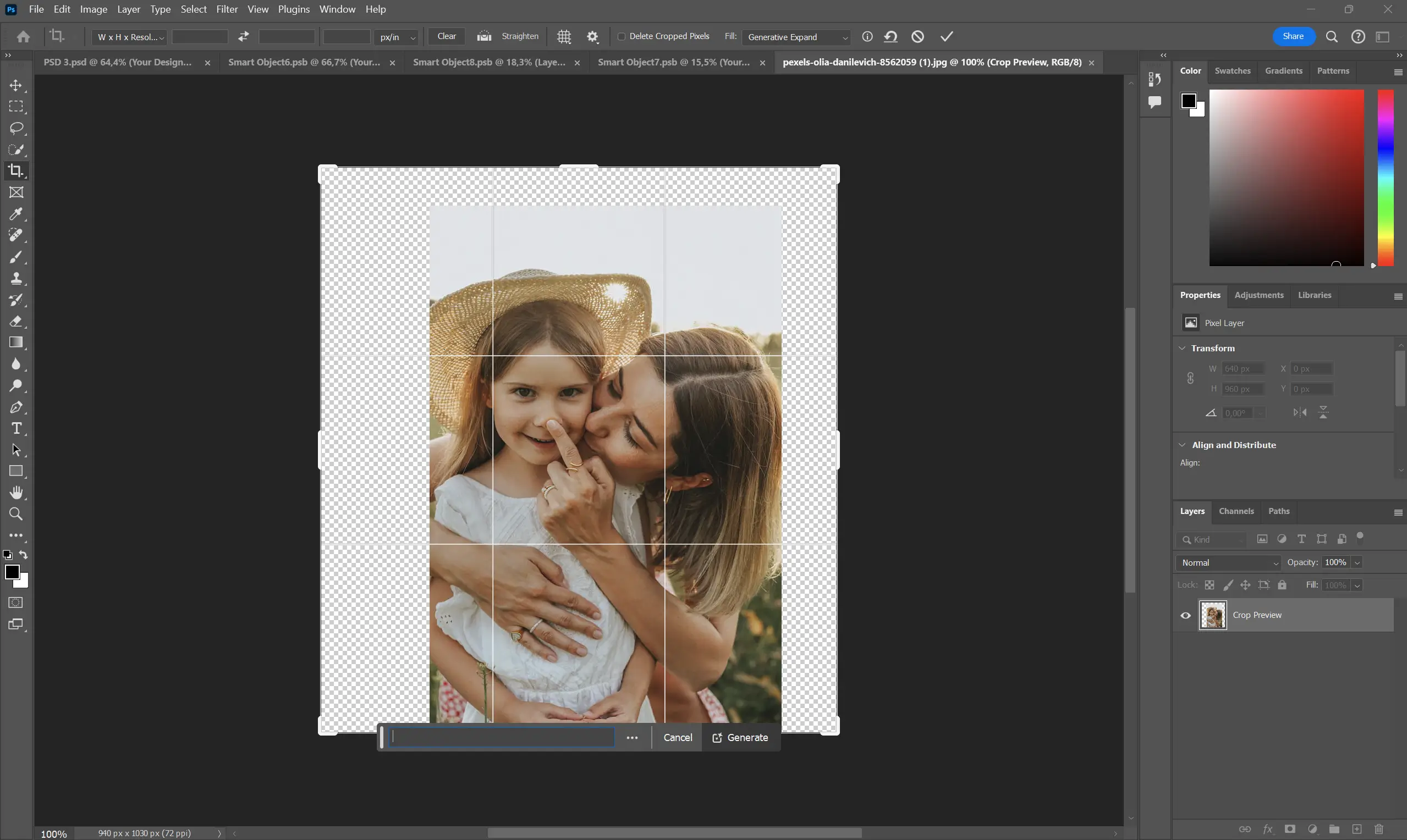

Choosing the Right Creative for Your Digital Marketing Campaigns
The choice between video and picture ads should be guided by your advertising objectives, budget, and the nature of your product or service. Here are some considerations:
- Product Complexity: If your product or service is complex and benefits from demonstration, video ads are likely to perform better as they can provide a comprehensive explanation.
- Budget and Resources: If you have limited marketing budget and resources, picture ads might be the more practical choice. They allow for quick and cost-effective production while often delivering decent results when done right.
- Campaign Goals: For brand awareness and engagement, video ads are usually more effective due to their storytelling capabilities. For direct response marketing campaigns, picture ads can be very effective, especially if you need to produce a large volume of ads quickly.
- Audience Preferences: Consider where your audience spends their time and what type of content they engage with. Platforms like Instagram and Facebook often see high engagement with video content. User-Generated Content (UGC) in particular, are for most businesses a safe and effective choice, offering authenticity and relatability that resonate well with audiences.
Trend Towards Investing in High-Quality Marketing Material
Marketers are increasingly allocating a larger portion of their budgets toward creating high-quality marketing materials. This shift is largely driven by the improved algorithms of social media marketing platforms, which have reduced the importance of manually adjusting technical factors and placed greater emphasis on the quality of creative content.
Advertising on Social Media -> Testing & Iteration
Testing different ad creatives is crucial to identify what resonates best with your audience. This can be done by implementing A/B testing, for example creating variations of your ads and running them simultaneously to see which performs better. Multivariate testing can also be used with most advertising on social media to test multiple variables at once. It’s especially important to test your hooks, as they are the initial engagement point that can capture the audience’s attention. Use these insights to refine your ads for better performance.
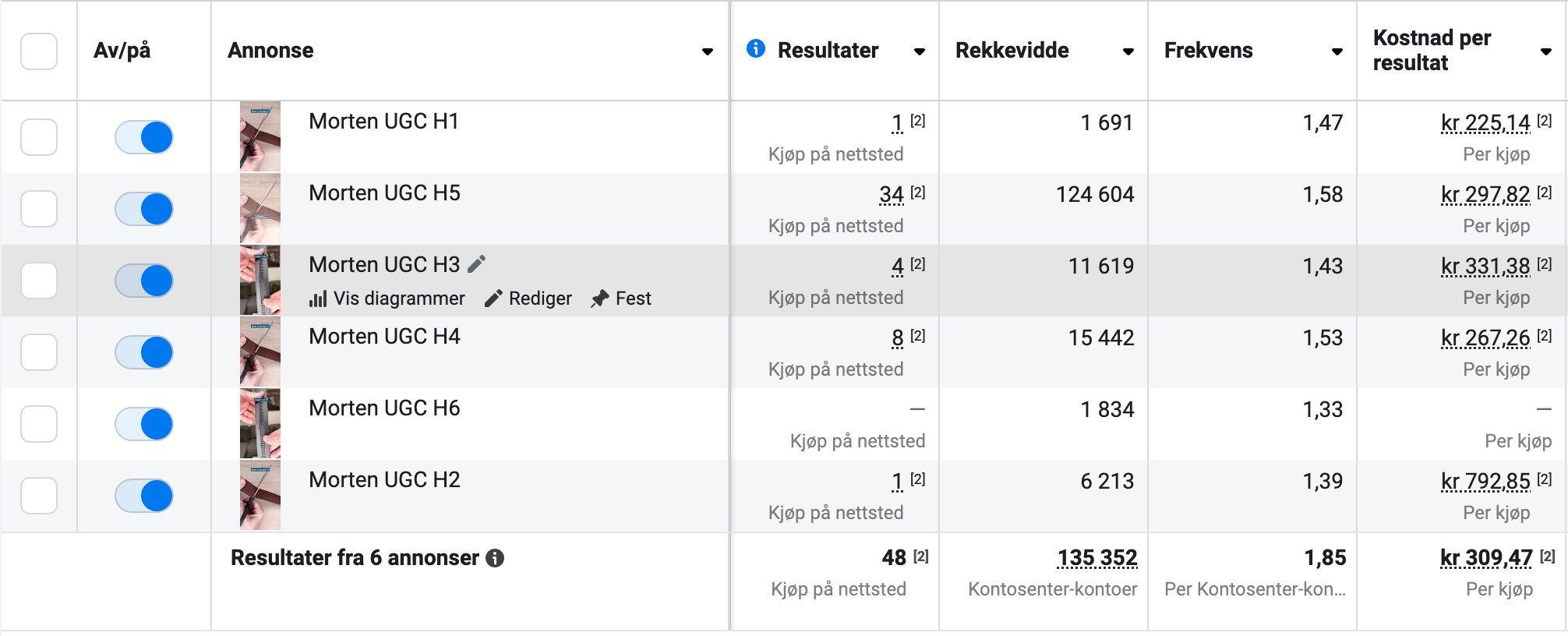
Data-Driven Optimization
Using data and analytics is essential for optimizing your advertising on social media. If you’re wondering how to do digital marketing effectively, start by monitoring key metrics such as CTR, CPC, CPM, conversion rate, and ROAS to understand your performance. Analyze this data to make informed decisions and continually improve your campaigns. For example, if you notice a particular ad has a good CPC but low conversions after sufficient spend, you might need to adjust your platforms landing page or call to action.
Building a Cohesive Ad Strategy
Creating a holistic marketing strategy involves understanding your audience’s levels of awareness and effectively structuring your customer sales journey funnel. This approach helps guide potential customers from initial customer journey stages to final conversion by addressing their specific needs and questions at each stage of the digital customer journey.
Understanding Levels of Awareness
Eugene Schwartz’s 5 Stages of Awareness (from Breakthrough Advertising) provide a framework for understanding where your prospects are in their digital customer journey and how to tailor your messaging accordingly. Here’s a breakdown of each stage and how to approach it:
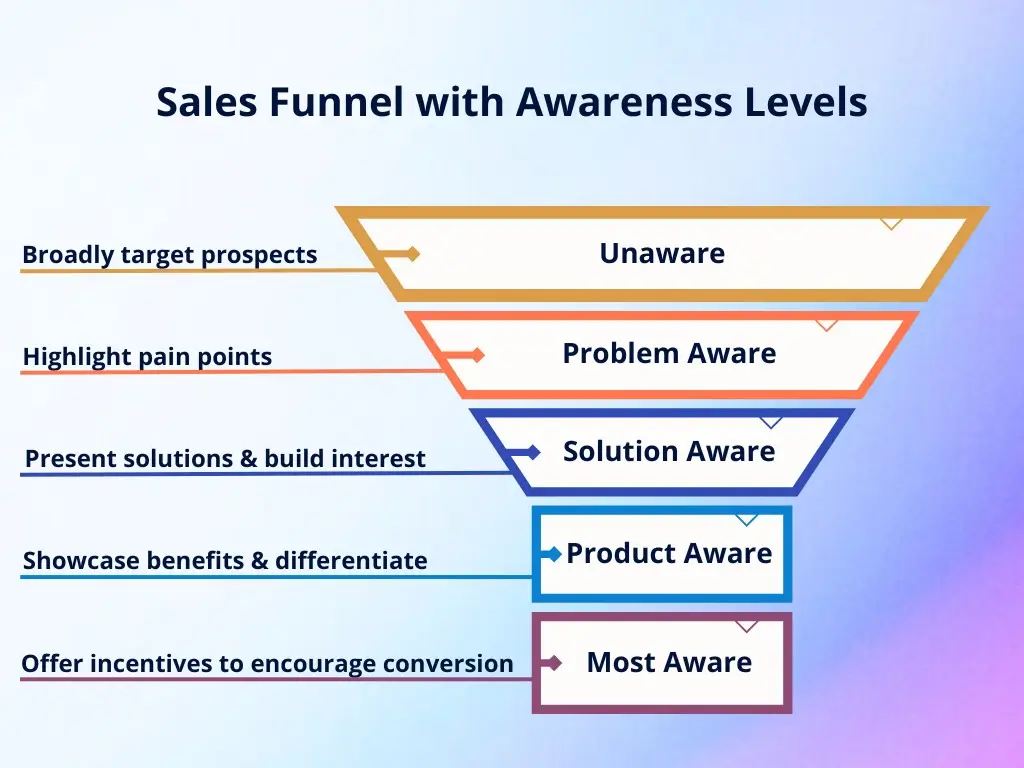
1. Unaware
- Objective: Make prospects aware of a problem they may not realize they have.
- Ad Types: Long-form content, educational videos, engaging stories.
- Messaging: Use questions and scenarios that lead to the problem, and invite them to learn more through a simple call-to-action.
- Connection to the Customer Sales Journey Funnel: At this stage, you’re targeting the top of the funnel (TOFU), aiming to build awareness and attract new leads. Use broad targeting to reach a wide audience and create content that introduces common problems your product can solve.
2. Problem Aware
- Objective: Highlight the problem and build desire for a solution.
- Ad Types: Blog posts, infographics, videos focused on the problem.
- Messaging: Emphasize the problem and hint at the solution towards the end.
- Connection to the Customer Sales Journey Funnel: This stage is still within TOFU. Your ads should focus on making prospects aware of the specific problem they have and subtly introduce your product as a potential solution. The aim is to generate interest and encourage further engagement.
3. Solution Aware
- Objective: Introduce your product/service as a solution.
- Ad Types: Product demo videos, testimonials, case studies. UGC advertising is usually a safe choice for this part of the digital customer journey.
- Messaging: Focus on the solution and its benefits.
- Connection to the Customer Sales Journey Funnel: This stage moves into the middle of the funnel (MOFU), where the goal is to nurture leads and build interest. Use retargeting to reach people who engaged with TOFU content (Advantage+ campaigns usually does this automatically), providing valuable information to help them consider your solution.
4. Product Aware
- Objective: Differentiate your product from competitors and highlight its unique features.
- Ad Types: Detailed product/service descriptions, comparison charts, feature highlights. UGC ads are usually a safe choice when done right.
- Messaging: Provide specific benefits, features, pricing information, and create urgency.
- Connection to the Customer Sales Journey Funnel: This stage is also part of MOFU. Here, you need to provide more detailed information about your product and differentiate it from competitors. Your ads should aim to convert interest into a strong consideration for purchase.
5. Most Aware
- Objective: Encourage immediate action with a direct call-to-action.
- Ad Types: Retargeting ads, limited-time offers, discounts.
- Messaging: Use simple and direct messaging to push for the final purchase.
- Connection to the Customer Sales Journey Funnel: This stage targets the bottom of the funnel (BOFU), where the focus is on conversion. Use personalized ads targeting people who have shown strong interest, offering incentives to encourage purchase. This stage is also crucial for post-purchase retention, where you engage existing customers with personalized content, rewards for repeat purchases, and feedback requests.
Best Practices
1. Align Your Ads with the Digital Customer Journey
- Identify the current awareness level of your target audience and create ads for each of the customer journey stages.
- Tailor a seamless experience where each ad builds on the previous one.
2. Use Consistent Messaging and Branding
- Maintain a consistent tone, style, and message across all ads to build brand recognition and trust.
- Use your brand’s visual identity to create a cohesive look and feel.
- Remember to not rely solely on logic, be creative and use patos to create emotional advertising.
3. Leverage Data and Advertising Metrics
- Continuously analyze performance data to identify what’s working and what’s not.
- Use insights to refine your strategy and make data-driven decisions.
4. Test and Iterate
- Regularly test different ad creatives, messages, and targeting options.
- Iterate based on test results to optimize performance.
Elevate Your Business with Further Optimization
By understanding levels of awareness and structuring your customer sales journey funnel to guide prospects throughout their digital customer journey, you can optimize your digital marketing campaigns for better performance and higher conversions.
If you’re happy with your results after this, that’s great! But if you want to get serious about your online growth, you need to consider your entire holistic marketing strategy as a whole.
A successful sales funnel involves more than just running compelling ads. It also includes thorough research to create attractive offers that resonate with your target audience, a search engine optimized platform visible on Google, and an engaging website that converts casual visitors into loyal customers.
When you’re ready to seek professional help with optimizing your online performance, you can book a free consultation meeting with a professional below.
